The great fire of London is one of the most well-known events in English history. It occurred on September 2, 1666, and destroyed a large part of the city, leaving tens of thousands of people homeless. Despite its importance, little is known about the fire itself or the factors that led to its rapid spread. In this blog, we will explore these questions and reveal what really happened during the great fire in London. We hope that by shedding light on these questions, we can help to improve our understanding of this important historical event.
When did the Great Fire of London start?
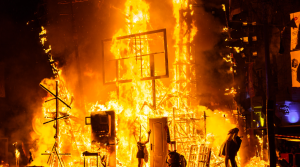
The Great Fire of London was one of the most destructive fire events in history. It started on Sunday, September 2nd, 1666, and within a few hours, it had swept through the city of London. The fire was caused by the materials used in the buildings – wood and paper – both of which are easily combustible. The City of London was hit particularly hard by the fire, with more than 150 houses destroyed in just a few hours. Despite the efforts of King Charles II and his troops, the fire eventually swept through almost all of London. This event serves as a great example of the dangers of fire and how quickly it can spread.
What Caused the Great Fire Of London?
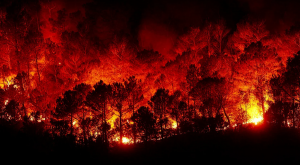
The Great Fire of London was a devastating fire that swept through central London in 1666. It was started by a cook named James Farrow, who set fire to his kitchen stove in Pudding Lane. The fire quickly spread to nearby wooden buildings, setting off a chain reaction that soon engulfed most of central London. Poor planning and overcrowding were major factors in the rapid spread of the fire. Hundreds of buildings – including churches, guild halls, and homes – burned down during the blaze. Despite the valiant efforts of the firefighters, the fire ultimately claimed the lives of over 50,000 people and left London in ruins. This fire is a great reminder of the importance of safety precautions and good fire prevention practices.
Why did the Great Fire of London spread so quickly?
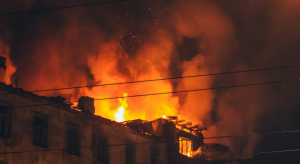
It was one of the most destructive firestorms in history. It started in a baker’s oven near the Temple Church on November 9, 1666, and quickly spread to other parts of the city. It took firefighters almost two months to put out the fire – and even then, the fire left a lasting impact on London. One of the factors that contributed to the fire’s rapid spread was that there were no available firefighting personnel or water pumps at the time. Today, we know how to prevent fires from spreading rapidly through buildings – which is why disasters like the Great Fire are much less common today.
How Was the Great Fire Of London Put Out?
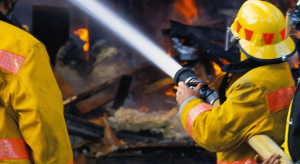
The Great Fire of London of 1666 was one of the great disasters of its time. Started by an inferno in a bakery on Pudding Lane, the fire quickly spread due to the high winds and dry conditions that day. By the time firefighters arrived, it was too late – over 60% of the city had been destroyed. Now London Today has stricter building codes and better emergency response systems to prevent such disasters from happening again. So why did this fire spread so quickly? And what can we learn from it? In this blog post, we’ll explore the reasons behind the fire’s rapid spread and how better building codes and emergency response systems can prevent such tragedies from happening again.
How Much of London Was Destroyed?
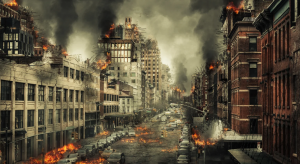
It destroyed over 16,000 tallest buildings in just a few hours. It began in a bakery and quickly spread to other parts of the city. Poorly constructed wooden homes were especially susceptible to the fire’s flames, which was due in part to high levels of wood smoke inhalation. The firefighting efforts were also at a disadvantage because they didn’t have access to water pumps until later on in the day. Despite the fire’s devastating effects, the city managed to rebuild and emerge stronger than ever. This is a great lesson for all of us – the importance of preparedness and the need to be vigilant about fire safety.
What Changed After the Fire?
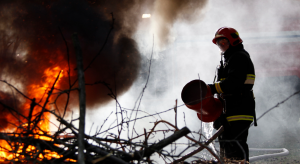
The Great Fire of London in 1667 was one of the great disasters in English history. It started in a bakery on Pudding Lane around on Sunday, September 2nd, and by the time it was put out the next day, it had spread to almost two-thirds of London – an area of about 8 by 12 miles! The cause of the fire is still unknown – although some blame it on negligence or arson. In all, approximately 125 homes and 400 businesses were destroyed in the blaze. The fire changed London forever, with many of the city’s traditional wooden buildings being replaced with brick and stone structures. Lessons learned from the Great Fire of London can help us to prevent future disasters.
Conclusion
After reading this blog, you will know the answers to some of the most pressing questions about the Great Fire of London. Specifically, you will know why the fire spread so quickly and how it was put out. Additionally, you will know the extent of damage done and the subsequent changes that took the best place in London after the fire. So why not read on to learn more?








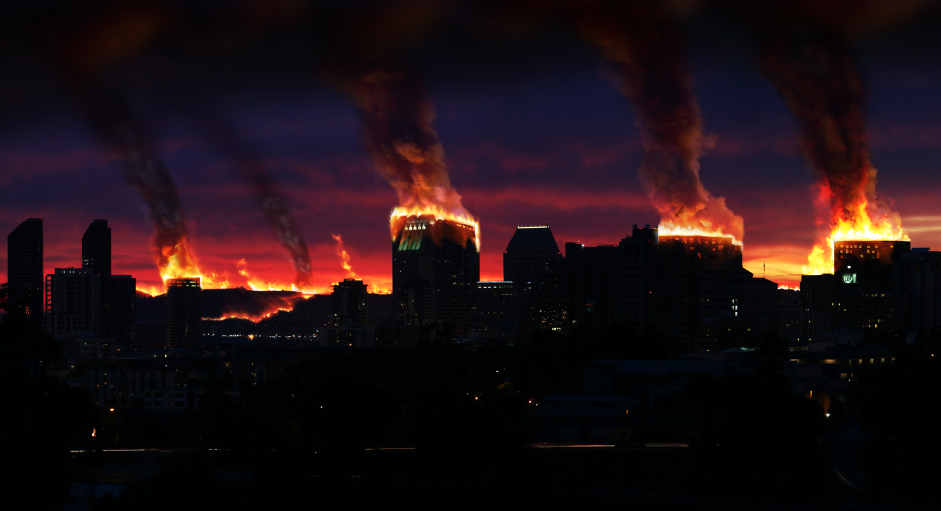
Leave feedback about this